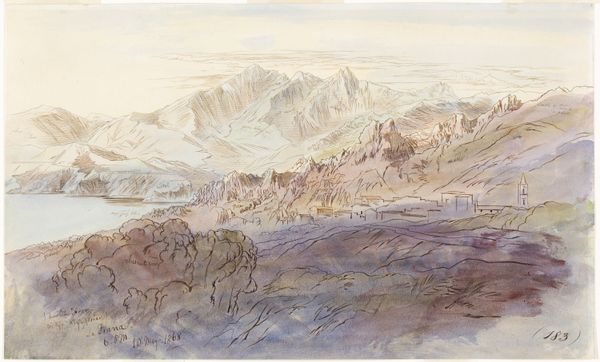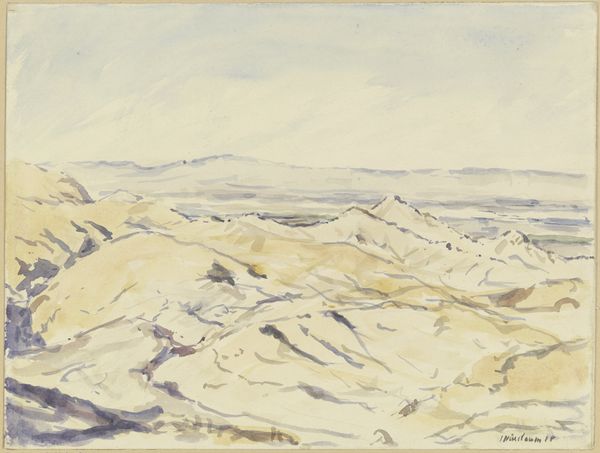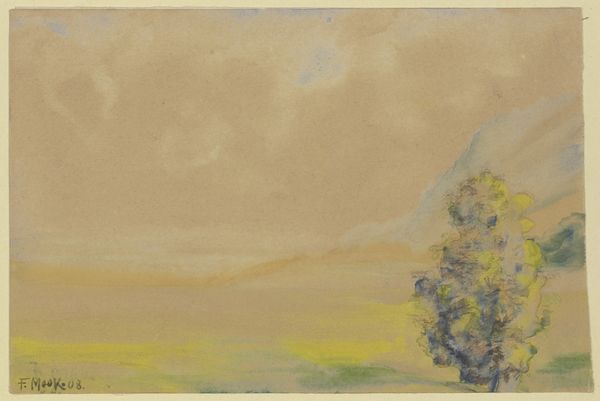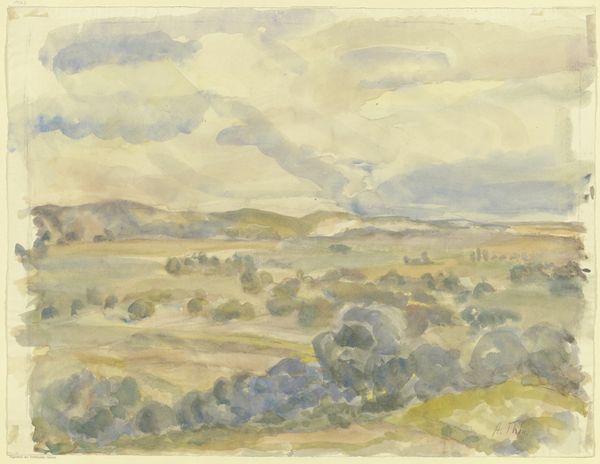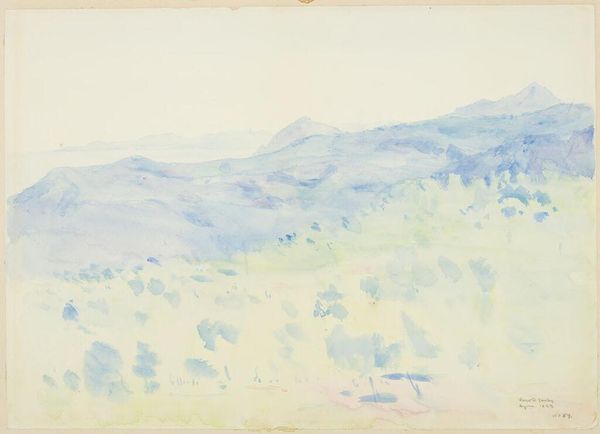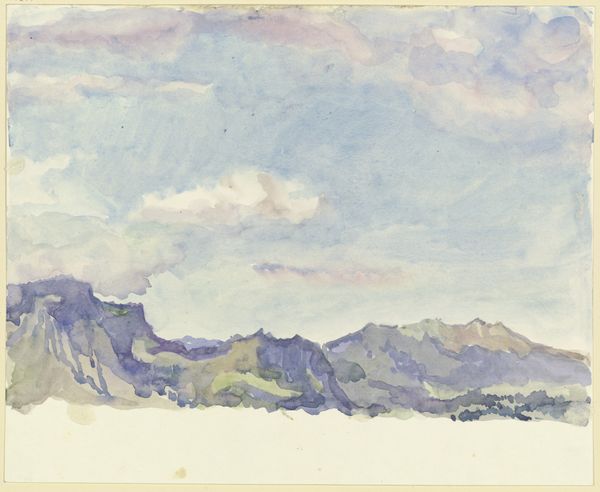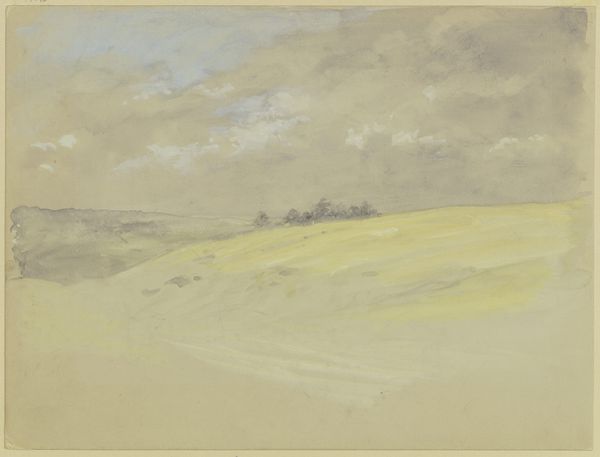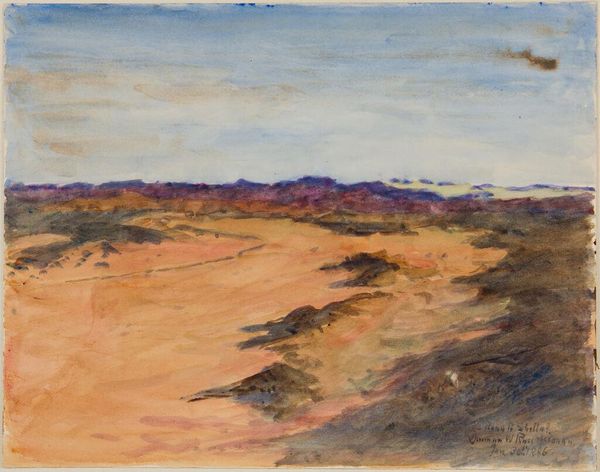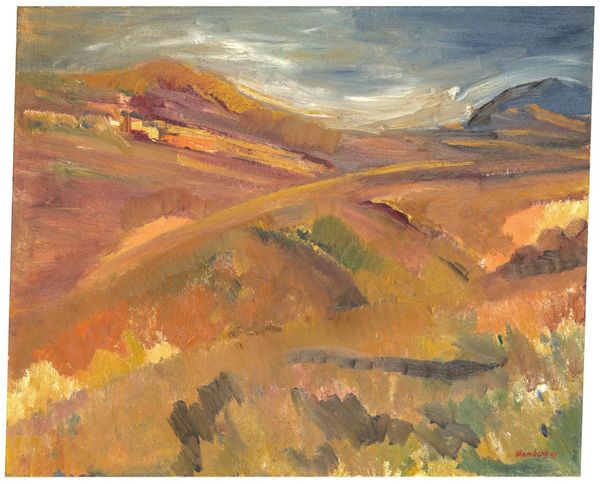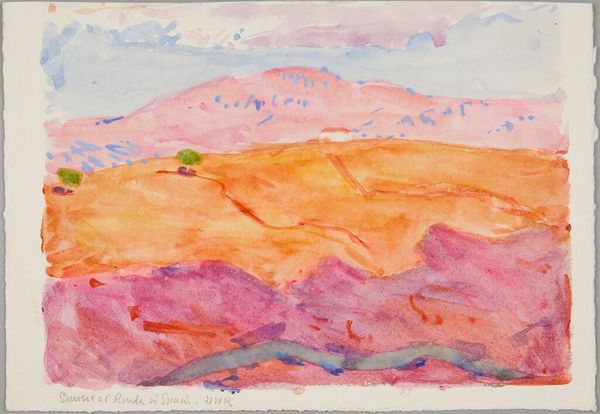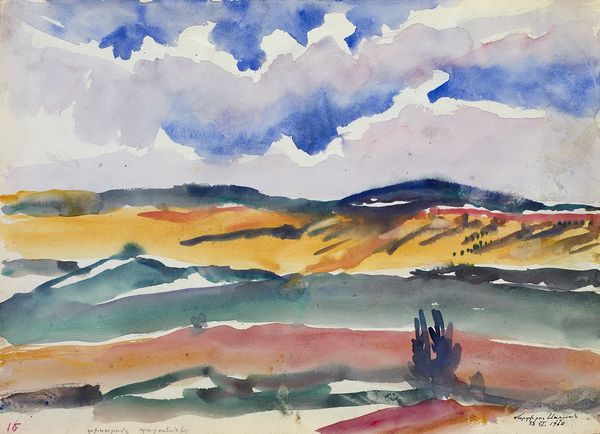
albumen-print, painting, paper, photography, watercolor, albumen-print, architecture
#
albumen-print
#
16_19th-century
#
painting
#
landscape
#
paper
#
photography
#
watercolor
#
watercolor
#
albumen-print
#
architecture
Copyright: Public Domain
Editor: This is "Granada: The Lion Court of the Alhambra," created around 1862 by Charles Clifford. It seems to be a watercolor and albumen print on paper. The colors are very muted, almost dreamlike. I’m curious about Clifford’s choice to combine these two very different media. What stands out to you about this work? Curator: The joining of albumen print with watercolor, for me, speaks volumes about 19th-century artistic production. We have this photographic process, seen as mechanically produced and then the supposed artistic intervention of the watercolor. Where does the ‘art’ lie? Was Clifford interested in exploring the boundaries between mechanical reproduction and handmade craft, challenging traditional hierarchies? Editor: So, it’s about questioning the value we place on the “artistic” touch? Curator: Exactly! Consider the social context: photography was booming, democratizing image-making. Clifford, by layering watercolor, perhaps tries to reclaim some artistic authority, but the very act acknowledges photography's power. What does this suggest about the market forces influencing artistic choices? And what about the availability of albumen prints versus hand-painted landscapes, thinking about art consumption at that time? Editor: I see your point. By combining photography with watercolor, Clifford comments on the changing artistic landscape and the tension between mass production and individual artistry. Curator: Precisely. It’s not just about aesthetics but about labor, technology, and the evolving definition of art itself within a specific historical moment. What are the implications for our own time, when the tools of art production are available to almost anyone? Editor: That's something I hadn't considered before. I initially saw a pretty landscape, but now I see it as a statement on art production. Curator: And hopefully now you understand that “pretty landscapes” have histories deeply embedded in the social context.
Comments
No comments
Be the first to comment and join the conversation on the ultimate creative platform.

